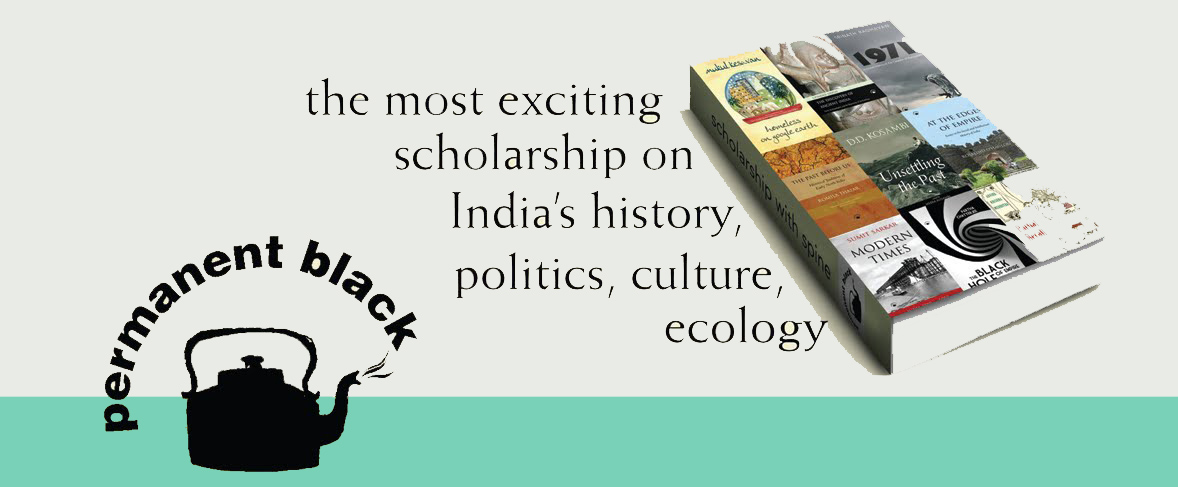This is the story of how Deki, a wild, freedom-seeking
mountain dog, allowed itself to be tied to Permanent Black. Written by the
celebrated biologist George Schaller, DEKI, THE ADVENTURES OF A DOG AND A BOY
IN TIBET, has just been published by Black Kite and Hachette India (and is
available from most standard retail outlets).
I first encountered George Schaller in Peter Matthiessen’s The Snow Leopard, a book that won the US’s National Book Award for its passionate and profound account of a journey through Nepal and Tibet in search of the elusive leopard. Matthiessen’s companion on this journey is Schaller (throughout called GS), and the book is also an account of the tense and halting evolution of a travel friendship:
“What seems abrasive in GS’s behaviour is often merely abrupt… but as I learn more about this man, I see that … on a hard journey such consideration (extended also to the sherpas) is far more valuable than mere ‘good manners’ … In the lowlands, GS was a formal man who could not quite communicate his feelings; in the freedom of the snow mountains he is opening out in true, warm colours.”
 |
| George Schaller (courtesy of George Schaller) |
Fortunately for me, I met George Schaller in the highlands --
at the Winterline Literary Festival in Landour, Mussoorie in 2010. One of Permanent’s
Black’s publishing interests is wildlife and environmental studies and one of
George Schaller’s books is The Deer and
the Tiger, a landmark study of wildlife in India published in 1967 and
still cited everywhere. Did he, by some miracle, have a manuscript we could
publish? GS promised that, some day, he would give us a book. I attributed it to the mountain air, expected nothing of it. And then, a few months later,
DEKI arrived -- as promised.
DEKI is a magical book that will have you instantly under
its spell. It is a blend of great story-telling and acute observation of
nature and animals. As you read it you travel the stark, barren plateau of
Tibet and discover its animals, monasteries, birds, nomads. Thrilling chases
and cliff-hanger moments decide the battle between good and evil as the book
explores the question: freedom or security, which do you choose?
The book is illustrated by an artist from the Tibetan art collective, Gyurmey Dorjee. It is aimed at young adults, which is why, instead of publishing it in our own Nature, Culture, Enviornment series, we copublished it with Hachette India, who have a thriving children’s list.
One eleven-year-old, Abhishek Roy from South City School, Kolkata, who reviewed DEKI for Permanent Black said:
The book is illustrated by an artist from the Tibetan art collective, Gyurmey Dorjee. It is aimed at young adults, which is why, instead of publishing it in our own Nature, Culture, Enviornment series, we copublished it with Hachette India, who have a thriving children’s list.
One eleven-year-old, Abhishek Roy from South City School, Kolkata, who reviewed DEKI for Permanent Black said:
"I thought the book was absolutely touching. It was a novel
that inspires hope, and gives inspiration. … This book made me feel like I was
walking through the cold mountains of Tibet, shivering. Overall, I liked this
book a lot.”
In other reviews, The Telegraph said:
"Schaller weaves a story that moves with the 'clouds, wild winds and seasons' and is full of the richness of emotion associated with friendships, farewells, the heavy, fulfilling relationship between man and animal and the mystery that is Tibet. While Schaller’s imagining of Deki is undeniably anthropomorphic, this does not detract from the charm of her character. This book is a triumph on many counts, not the least of them being the delightful illustrations by Gyurmey Dorjee."
Indian Nerve said:
In other reviews, The Telegraph said:
"Schaller weaves a story that moves with the 'clouds, wild winds and seasons' and is full of the richness of emotion associated with friendships, farewells, the heavy, fulfilling relationship between man and animal and the mystery that is Tibet. While Schaller’s imagining of Deki is undeniably anthropomorphic, this does not detract from the charm of her character. This book is a triumph on many counts, not the least of them being the delightful illustrations by Gyurmey Dorjee."
Indian Nerve said:
"The characters have been strikingly
detailed, and the backgrounds well sketched. The captivating
illustrations by Gyurmey Dorjee are just another win for the book, and
assist the narrative with all their vivid imagery. Deki is pictured in
an anthropomorphic form, and that further connects her with the young
readers. Schaller peppers in his book
richness of all emotions, and glorifies them all the more with the many
friendships and farewells accounted for in those pages. Be it
animal-animal friendship among Deki, Tashi and Changku or the man-animal
friendship between Deki and Karma, there is an underlying wisdom
channelled through each of these relationships. This book also forms a
tribute to the charm and enigma that is Tibet."
Published
by Black Kite and Hachette India Children's Books/Paperback/144 pp/ ISBN 9789350098479/
Rs 250
(Posted by Anuradha Roy)

Comments